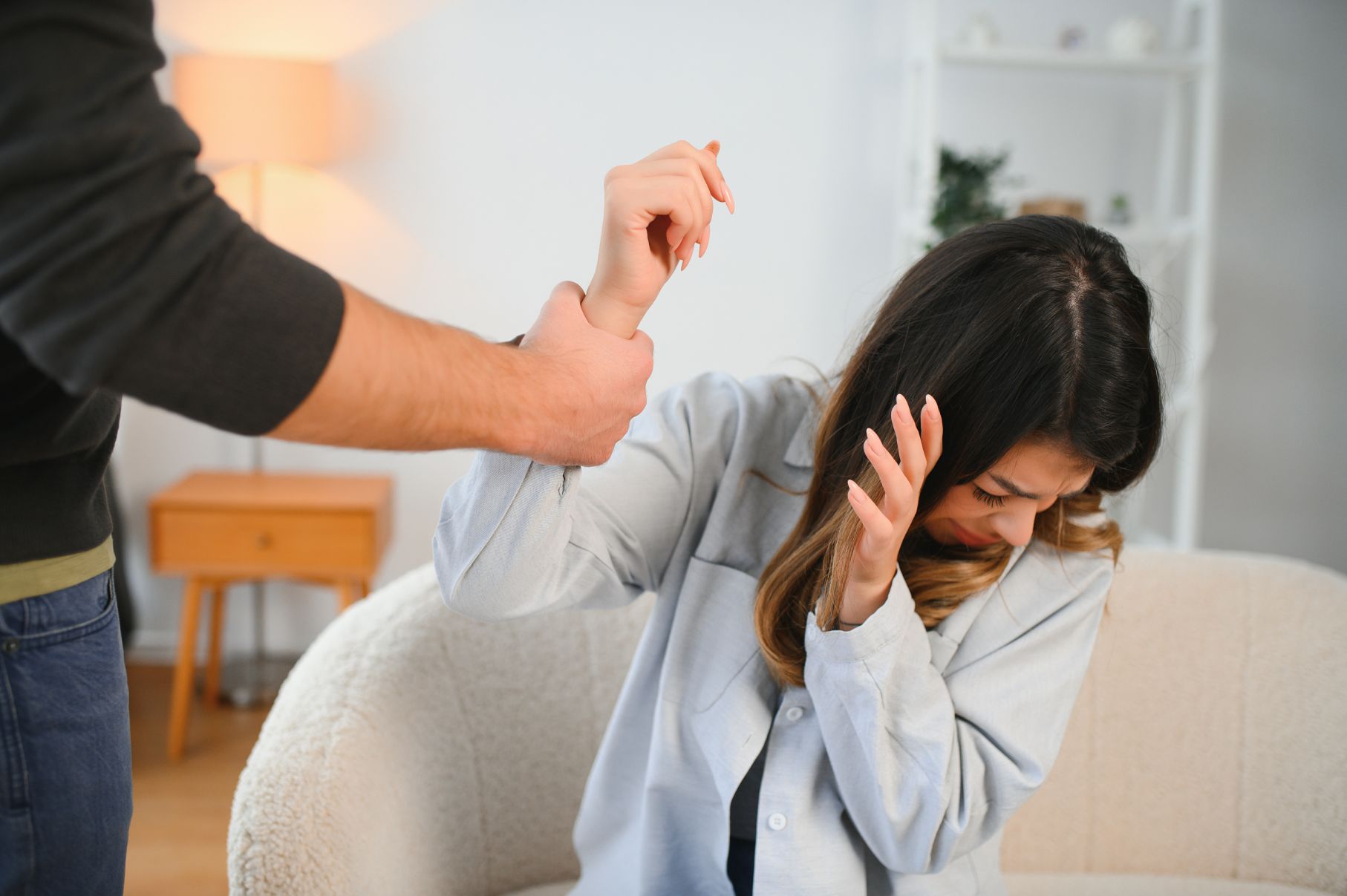Domestic Violence and Protection Orders

1. Domestic Violence
Definition
Domestic violence refers to a pattern of abusive behaviors used by one person to gain or maintain control over another person in a close relationship. Victims may include spouses, intimate partners, children, parents, or other members of the household.
Forms of Domestic Violence
- Physical Abuse: Hitting, slapping, pushing, choking, or any form of physical harm.
- Emotional/Psychological Abuse: Intimidation, threats, manipulation, humiliation, or control through fear.
- Sexual Abuse: Any non-consensual sexual activity or coercion.
- Economic/Financial Abuse: Controlling access to financial resources, forbidding employment, or withholding money.
- Verbal Abuse: Insults, threats, or degrading language.
- Stalking: Repeated, unwanted attention or harassment that causes fear or concern for safety.
Key Points
- Domestic violence can occur in any relationship, regardless of gender, age, ethnicity, or socioeconomic status.
- It often involves a cycle of abuse, including periods of reconciliation and calm, followed by repeated incidents.
2. Protection Orders
Definition
A Protection Order (also known as a restraining order, order of protection, or injunction, depending on jurisdiction) is a legal order issued by a court to protect a person from harm or harassment by another individual, commonly in cases of domestic violence.
Types of Protection Orders
- Emergency/Temporary Protection Order: Issued quickly, often without the abuser present, and designed to provide immediate, short-term protection until a full hearing can be held.
- Final/Long-term Protection Order: Issued after a court hearing where both parties can present evidence. Typically lasts for a set period (e.g., 6 months, 1 year) and may be extended as needed.
- No-Contact Order: Specifically prohibits the abuser from contacting the victim directly or indirectly.
Common Provisions
- Prohibiting the abuser from contacting or approaching the victim, their residence, workplace, or school.
- Granting temporary custody of children or pets.
- Requiring the abuser to move out of a shared home.
- Ordering the abuser to surrender firearms.
- Mandating counseling or intervention programs.
Legal Process
- Application: The victim (or in some cases, law enforcement) applies for a protection order at court.
- Temporary Order: A judge may issue a temporary order if immediate danger is present.
- Hearing: Both parties have the opportunity to present their case at a court hearing.
- Final Order: If the judge finds sufficient evidence, a longer-term order is issued.
Enforcement and Consequences
- Violating a protection order is a serious offense and may result in arrest, criminal charges, or additional penalties.
- Law enforcement is typically empowered to enforce protection orders.
3. Legal and Practical Considerations
- Jurisdiction: The process and terminology for protection orders vary by country and state. It is important to consult local laws or a legal professional for specific guidance.
- Support Services: Victims of domestic violence can access a range of support services, including shelters, counseling, and legal aid.
- Confidentiality: Many courts provide measures to protect the privacy and safety of victims during proceedings.
4. Next Steps for Victims
If you or someone you know is experiencing domestic violence:
- Seek immediate safety—contact emergency services if in danger.
- Reach out to a helpline or support organization for advice and resources.
- Consider applying for a protection order through your local court or with the assistance of law enforcement or our attorney.
